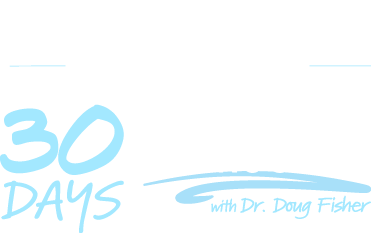

"Purpose is important in close reading because students can get lost. They might forget why they're reading something. But we can return to the purpose and give them something to hold onto during that close reading process.” –Dr. Doug Fisher
Setting the purpose for students is a critical element in close reading.
On Day 4, Dr. Fisher focuses on three key questions students should be able to answer in any close reading lesson to establish the purpose:
Examples are provided to help teachers use these three key questions, coupled with data from the text analysis in the previous session, to map out teaching points that will help establish a clear purpose for a close reading lesson.
Revisit your analysis of the text from the previous session and focus on the three-point column on the rubric to establish the purpose. Using the three questions below and data from the analysis of the text, identify your teaching points.
Consider adding your teaching points to your Learning Log
Use this rubric designed by Dr. Fisher to assess the qualitative factors of text complexity to ensure a reader-text match and to identify areas of text that need instruction.
This log can be used to capture new learnings as you develop close reading techniques.